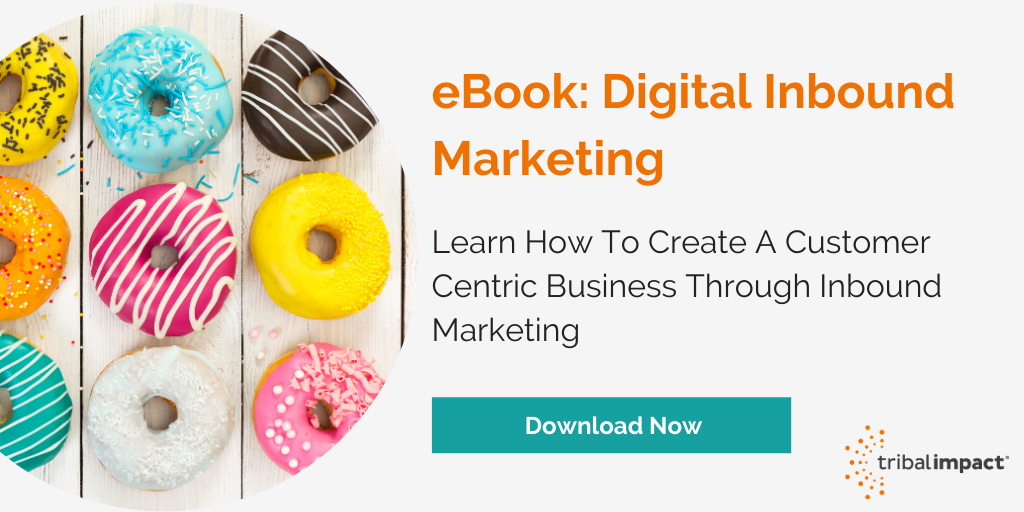It's now harder to map the buyer journey as it's become much more complicated. But that's precisely why it's more crucial to do so.
The B2B buyer journey can leave us feeling confused (and sometimes frustrated).
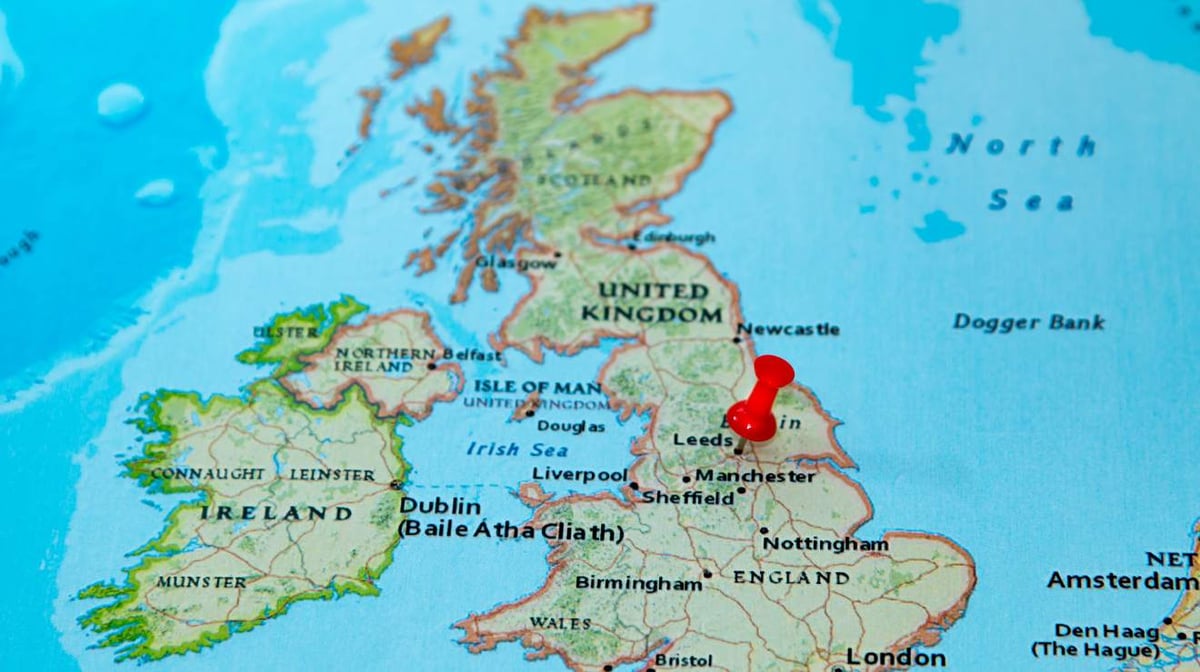
As Gartner explains in their CSO Update 2019: “The typical buying group for a complex B2B solution involves six to 10 decision makers‚ each armed with four or five pieces of information they’ve gathered independently and must deconflict with the group.”
All of which means a "decision-ready" buyer can all too easily start browsing awareness or consideration stage content again without the slightest hint as to why.
That is, unless you put yourself in their shoes and map the buyer journey. You can then dig deeper into why specific buyers may become stuck along the way or move back upwards or sideways within the funnel (or even never return). And most importantly, you can optimise your offering and experience.
Here are the steps to take to truly understand your buyer’s actions, motivations and emotions at every stage.
Step 1: Focus On One Buyer Persona
Each buyer persona will have their pains, challenges, goals and emotions that result in different actions from others within the decision-making unit.
You likely have anywhere between two to four buyer personas so it's best to prioritise the most pressing buyer journey first – whether that's a persona you're heavily targeting now or the buyer journey that's causing the most issues or confusion. Once you've done one, the rest should come easier!
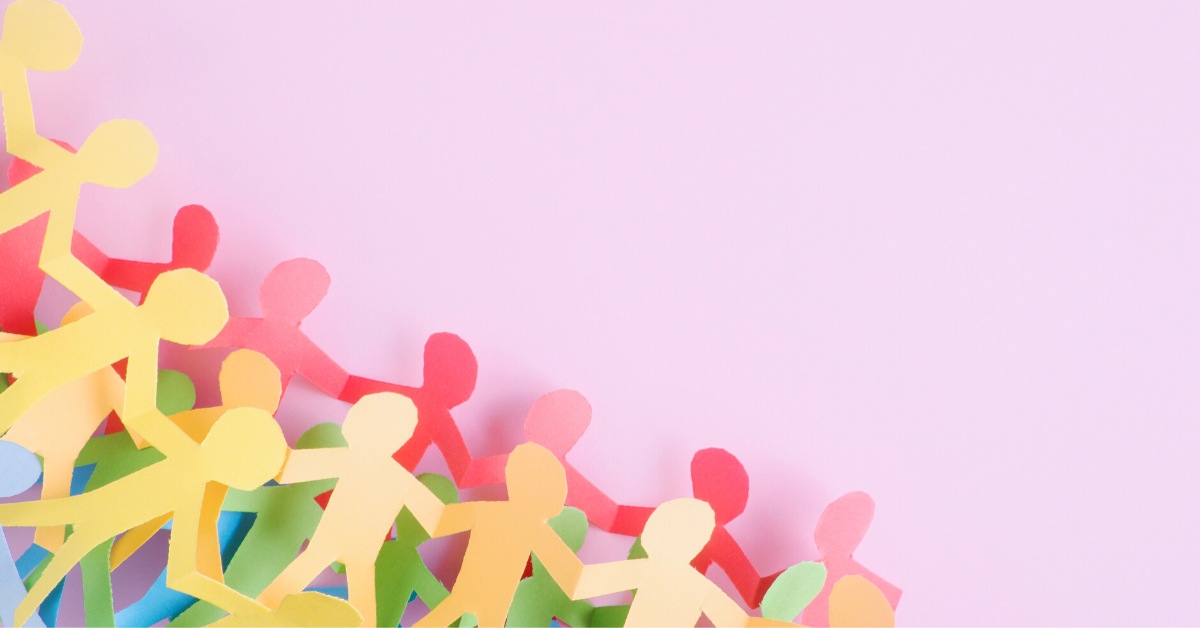
Step 2: Revisit Your Buyer Personas
We can't stress enough how important it is to interview your customers for buyer persona research to check your educated assumptions based on desktop research, data and your teams' personal insights.
You should ideally aim for 15 buyer persona interviews, including live and lost prospects and existing and past customers, asking questions such as:
• What are their personal and career goals, and which are most important?
• What challenges or goals does a solution like yours help with?
• What is important to them when considering a solution like yours?
• What do they fear when making a buying decision like this?
• What channels and sources do they use to discover new information and research solutions?
• What format of content do they prefer at each stage i.e. blogs/videos/checklists/demos?
• What search terms do they use when researching their problem at each stage?
• How much of a priority is it that they solve this problem?
• Who is involved in the purchasing decision and how influential is each person?
• What steps and authorisations do they have to go through for a purchase such as this?
• How long do they expect the sales cycle to be?
• What needs to happen for them to feel satisfied after purchasing a product/service like yours?
Step 3: Discover How Your Buyer Persona Feels About Your Solution
A buyer persona typically focuses on a general overview of the pains, goals and challenges related to the solution you provide.
When mapping out your buyer journey, you also need to understand what your persona thinks of your solution and the experience they have when interacting with you.
When conducting interviews you should therefore also ask:
• How did you hear about us?
• What made you want to discover more about our brand?
• How easy did you find our website to navigate and find the information you needed on a scale of 1 to 10?
• Did anything frustrate you when dealing with us and, if so, what?
• If you selected our product/service or chose a competitor, what was the main reason?
• What do you think of our pricing point?
• What features do you like most/least about our solution/product and why?
• If you’ve contacted customer support, how easy was it on a scale of 1 to 10 to interact with them?
• Is there anything we could do to improve the buying experience?
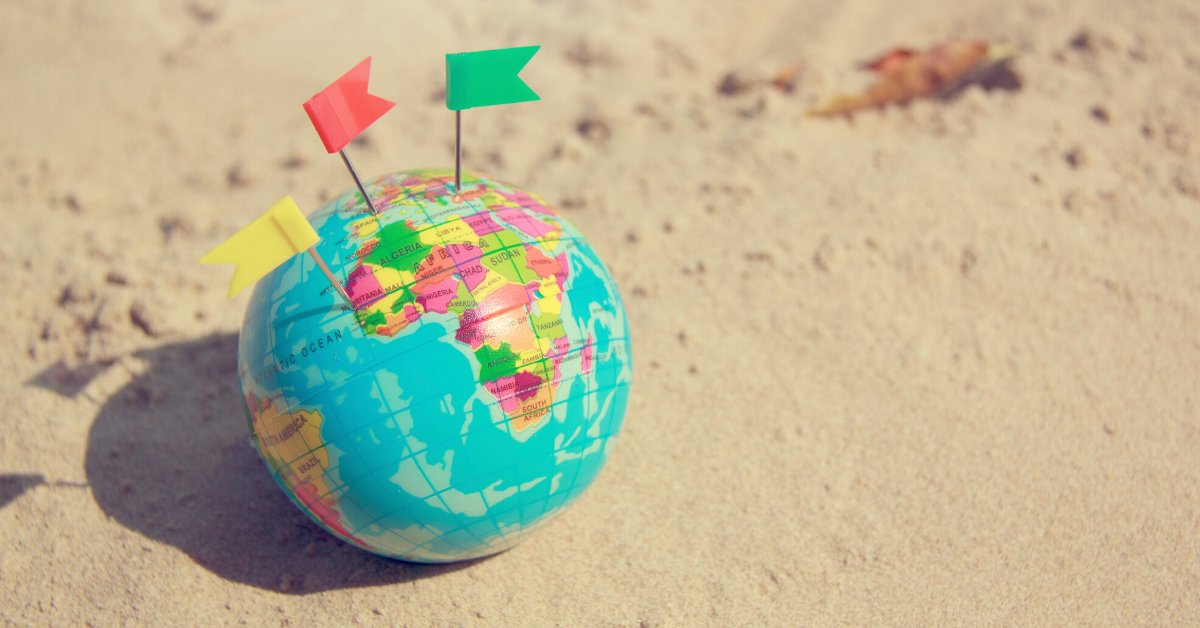
Step 4: Trace The Touchpoints And Look For Trends And Causes Of Actions
The touchpoints are the places online that your prospects and customers become aware of, learn more about and interact with your brand, such as:
• Engaging with a social media post
• Paid ads
• Google search results
• Third-party review sites
• Blog posts
• Content downloads
• Product or service pages
• Email marketing
• Live chat
By drilling down into all the touchpoints you can start to build a picture of a typical buyer journey – from the most common ways they become aware of your brand and the steps they take before speaking with sales, to how they move through the funnel.
Step 5: Build Your Buyer Journey Map
There are lots of ways to visualise the buyer journey but a simple and popular way is to use a table format which shows the typical questions and emotions that your buyer persona is experiencing at each stage and what you need to do to help them through the process.
Below is snapshot of HubSpot's buyer journey map template, you can download it here.
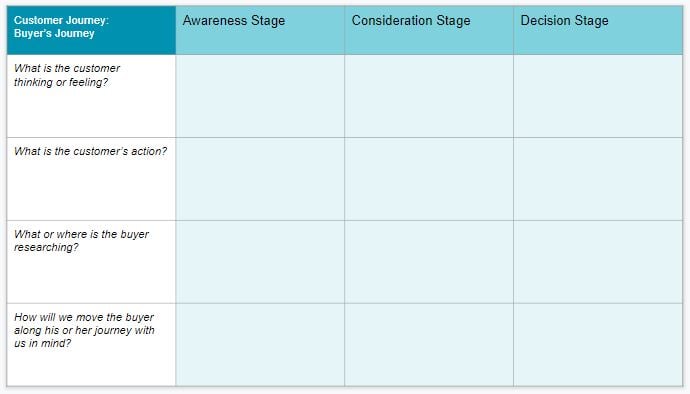
You may then wish to go into further detail with a flowchart approach which can help remind you of the typical emotional responses and obstacles that present at each stage.
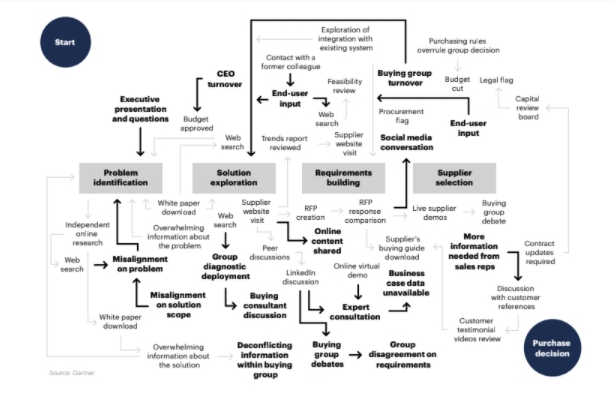
Source: Gartner for Sales: CSO Update. “The new B2B buying journey and its implication for sales”
Step 6: Map, Test And Optimise Your Existing Content And Process
The last stage involves mapping your existing content and processes to the buyer journey, to identify any areas that require improvement or optimising.
You can walk yourselves through the buying process but it's even better if you can conduct user journey experience tests with real-life buyer personas.
• Do you have content to address each pain and challenge along the way?
• Where do prospects typically drop out of the buying cycle?
• Are they taking more actions than you would expect them to take?
• Are they moving backwards and forwards within the buying cycle more than you’d expect?
You may find that you need to fill gaps in content or make it more relevant and personalised, streamline website navigation or even addressing pricing transparency. But by now, you should then be able to pinpoint the most critical issues to work on first.
Mapping out the buyer journey can be time-consuming, but it always pays dividends in the long run. It helps you prioritise creating content and conversations that are relevant to their pains, interest and challenges, now. And it pinpoints how you can optimise the process to help them overcome the conflicts and pressures they face.
In short, it helps you make your buyers’ job easier, not harder - and that results in better outcomes for all!

